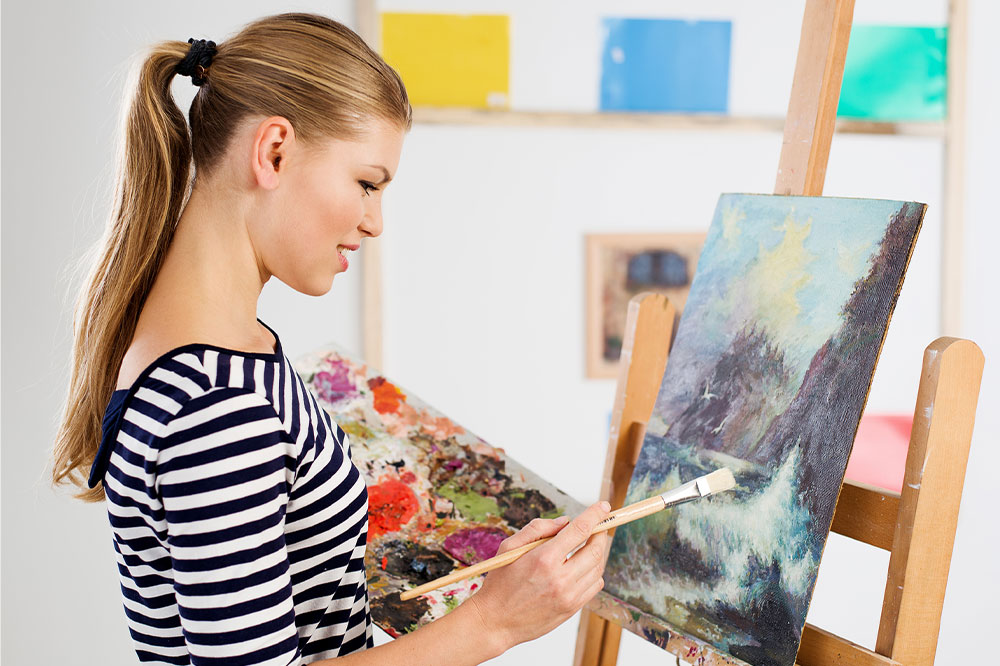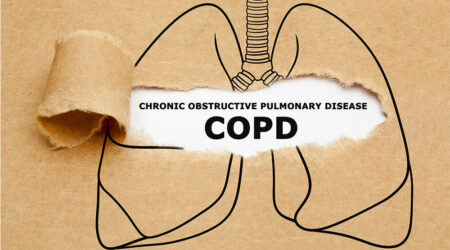
CANVAS – Causes, symptoms, and management options
CANVAS Ataxia is an uncommon neurological condition characterized by disruptions in motor coordination, resulting in challenges with balance and walking. This disorder can profoundly influence an individual’s day-to-day activities, rendering even basic tasks arduous and impacting their overall physical and emotional health. Read on the explore more about the condition, its causes, symptoms, effective management strategies, and remedies to improve the well-being and quality of life of those living with it.
Causes of CANVAS
Cerebellar ataxia with neuropathy and vestibular areflexia syndrome (CANVAS), a neurological disorder affecting coordination, remains not entirely comprehended, with its primary association being a genetic origin. The degeneration of certain brain regions responsible for movement coordination is believed to be linked to specific gene mutations.
Besides genetic factors, scientists are actively investigating alternative potential causes, including environmental influences and viral infections, that might play a role in the onset and progression of the condition.
Recognizing the symptoms
The symptoms of CANVAS can vary from one person to another and may progressively worsen over time. Common symptoms include:
- Unsteady gait
Affected individuals often have a swaying or unsteady walk. - Tremors
Some people may experience trembling or shaking of the limbs, particularly when attempting precise movements. - Loss of balance
Maintaining balance becomes challenging, leading to frequent stumbling and falls. - Slurred speech
CANVAS can affect the muscles involved in speech, causing slurred or unclear speech. - Coordination difficulties
Activities requiring fine motor skills, such as writing or buttoning a shirt, can become difficult.
Managing CANVAS: Strategies for improved quality of life
CANVAS is a challenging condition that currently lacks a cure. However, several strategies and treatments exist to effectively manage the symptoms and enhance the patient’s quality of life.
- Lifestyle changes
Embracing a healthy lifestyle can have a profound impact on managing CANVAS. Regular physical activity, a balanced and nutritious meal plan, and adequate sleep can contribute to the patient’s overall health and vitality. - Physical therapy
Physical therapy plays a crucial role in addressing the balance and coordination issues associated with CANVAS. Through targeted and specially designed exercises and therapies, patients can experience improvements in their motor skills and achieve a greater sense of independence. - Assistive devices
Devices such as canes or walkers can provide essential stability and support while walking, reducing the risk of falls and potential injuries. These devices are carefully selected based on the patient’s specific requirements, ensuring they can move around with increased confidence and security.
Natural remedies for CANVAS
This is a condition that requires careful management, and in addition to conventional treatments, some individuals choose to explore natural remedies to complement their healthcare plan. It is crucial to seek guidance from a healthcare professional before attempting any of the following options:
- Yoga and Tai Chi
- Acupuncture
- Herbal supplements
CANVAS is a rare neurological disorder that impacts a person’s coordination and balance, making their movements appear unsteady and unpredictable. Although there is no cure, various treatment options, including physical therapy, natural remedies, and lifestyle changes, can help manage the symptoms and improve the patient’s overall well-being. Seek support from healthcare professionals, support groups, and resources available to help you navigate this journey.




